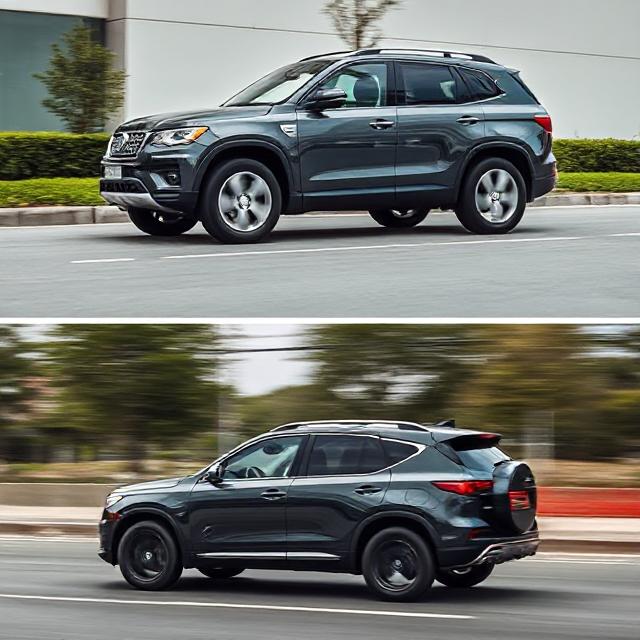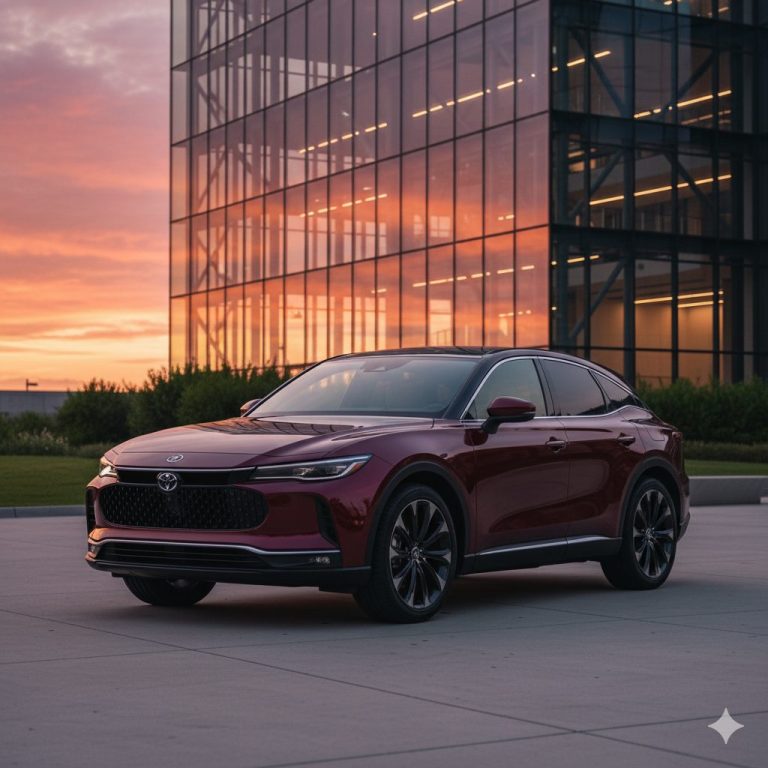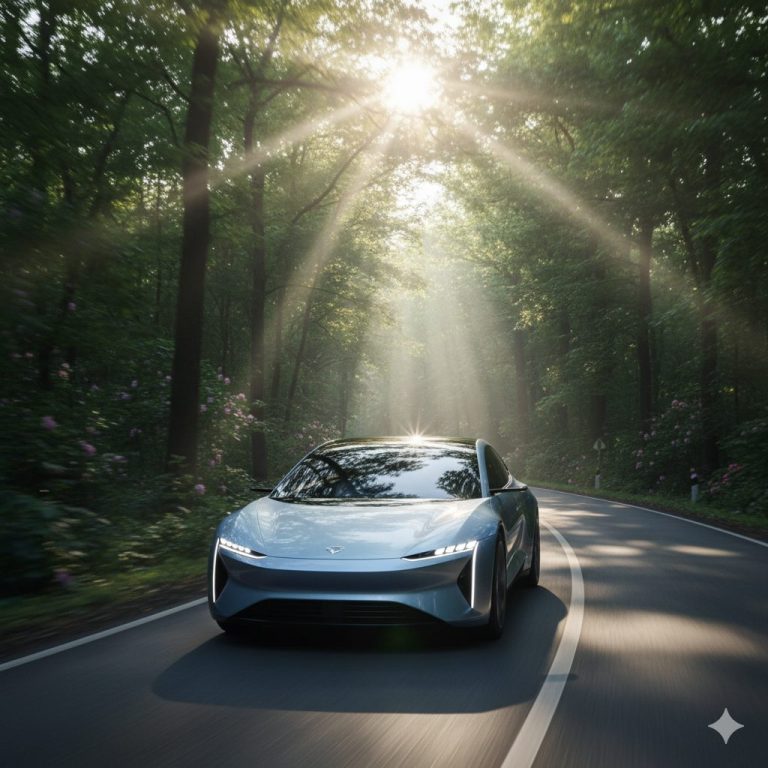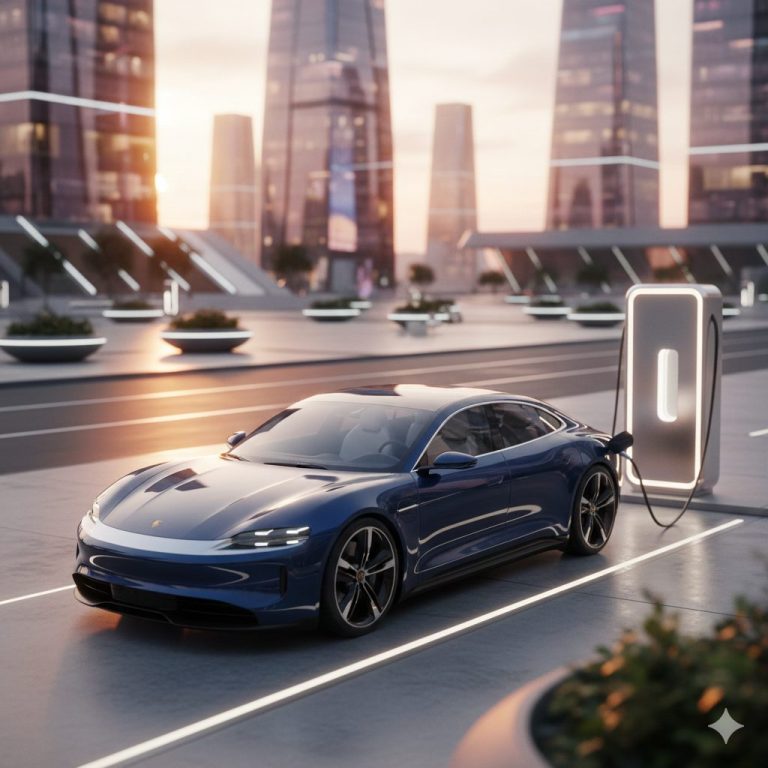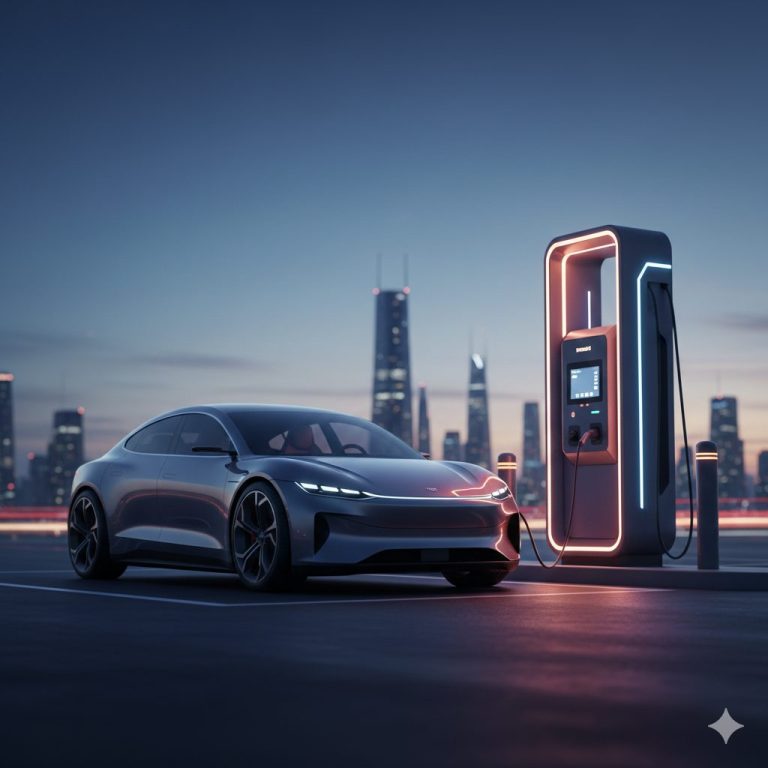The 12 German Cars That Will Likely Give You Trouble in 2025
German cars have long been symbols of precision engineering, luxury, and performance. But sometimes, the “Made in Germany” badge comes with unexpected headaches. From skyrocketing repair costs to finicky electronics and reliability issues, owning one can turn into a costly gamble. Here are 12 German cars that might make you think twice before buying in 2025.
Mercedes-Benz S-Class
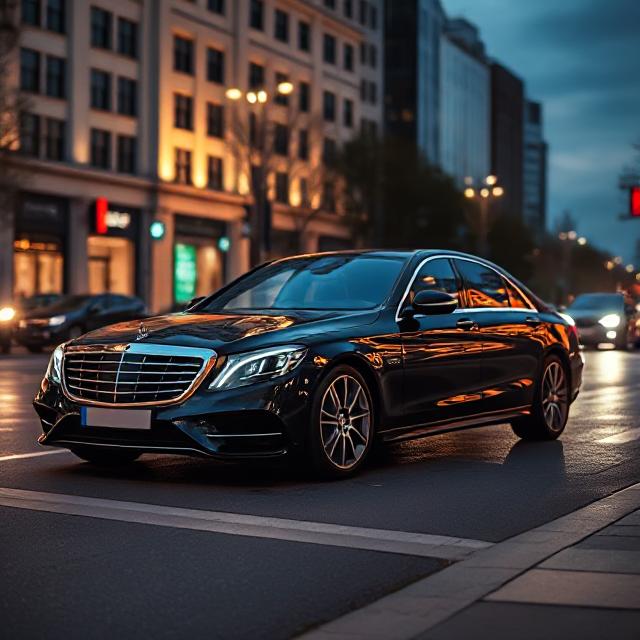
Right, the S-Class. It is, I mean, it’s the benchmark. The absolute king of luxury sedans. It’s like driving your living room, but a living room that can go 150 miles per hour and has more screens than a Best Buy. But honestly? All that technology is exactly the problem. You’ve got the crazy air suspension, the pop-out door handles, a million sensors… it’s just so much stuff to go wrong. And when it does, it’s not a cheap fix. You’re talking about a car that starts well over a hundred thousand dollars, so a simple sensor repair can cost, like, a grand. It’s an amazing car to drive, but I’d be terrified to own one without a warranty.
BMW 7 Series
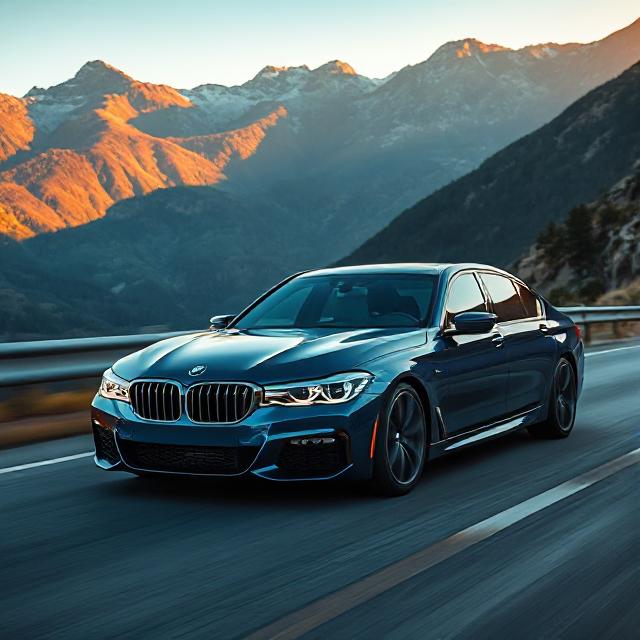
Then there’s BMW’s version, the 7 Series. It drives better than the S-Class, it’s more of a “driver’s” luxury car, you know? But it’s the same story, just with a different flavor of potential disaster. Especially the models with the V8 engines… oof. They’ve had a history of being a little… thirsty for oil and coolant. And just like the Merc, the electronics can be a total gremlin-fest. That massive theater screen in the back of the new one? Looks cool, but just wait until that thing decides to go on the fritz. It’s another six-figure car where the repair bills can look like a phone number.
Audi A8
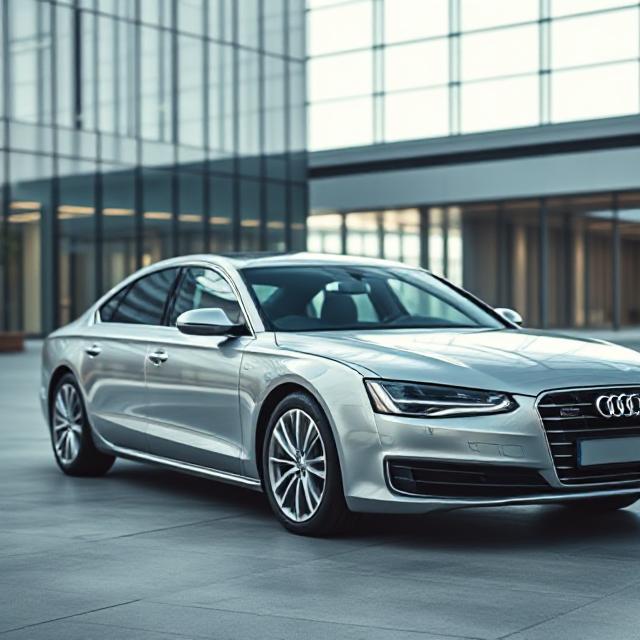
And to complete the trifecta, the Audi A8. It’s kinda the understated, classy one of the group. The interior is just gorgeous, like a futuristic sci-fi cockpit. But again, it’s packed to the gills with technology. It’s got the same kind of air suspension woes, complex all-wheel-drive systems, and more computers than the Apollo missions. I’ve heard stories about the infotainment system just giving up the ghost, and that’s a seriously expensive fix. It’s a beautiful, smart car, but its complexity is its own worst enemy.
Porsche Panamera

Okay, the Panamera. It’s basically a four-door 911, and it drives like one. It’s incredible. But you’re taking a high-performance sports car and stretching it, adding a ton of luxury features… it’s a recipe for expensive problems. The air suspension is a known weak point as it gets older, and anything with a Porsche badge on it costs an absolute fortune to fix. A simple service can set you back thousands. For a car that starts around ninety thousand dollars and goes way, way up from there, you’re not just paying for the car, you’re paying for the privilege of its extremely pricey upkeep.
Volkswagen Atlas
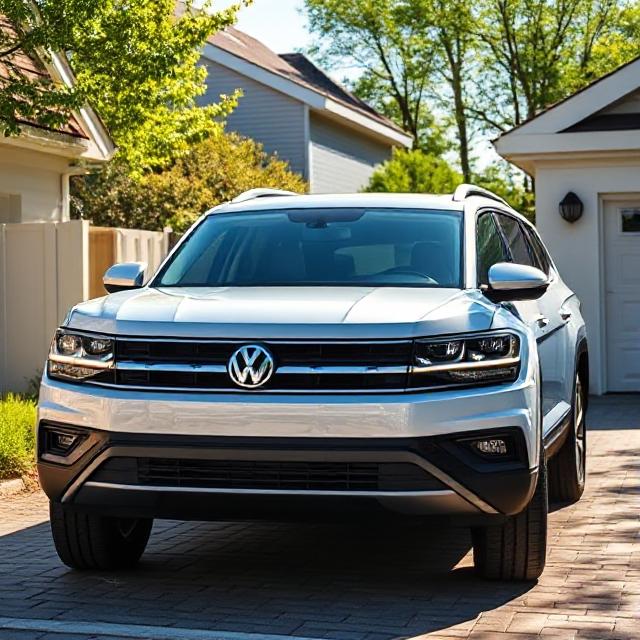
This one’s a little different. The Atlas isn’t a super-luxury car, but it’s a German brand… and it has not had a great track record. It’s a huge, practical family SUV, which is great. But they’ve been plagued with little electrical issues, infotainment glitches, and some early models had leaky sunroofs. It’s not the kind of catastrophic failure you’d see in a 7 Series, but it’s that annoying “death by a thousand cuts” stuff that will drive you crazy and have you at the dealership all the time. For a forty-thousand-dollar family car, you just want it to work, you know?
Mercedes-Benz GLE
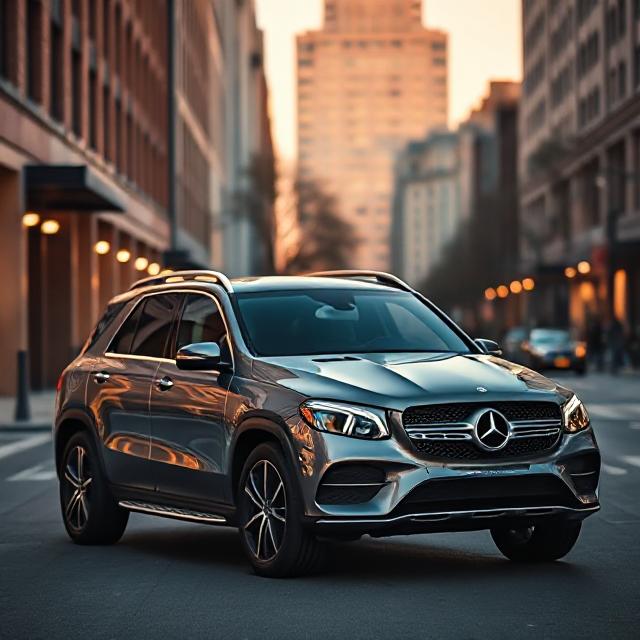
Back to the expensive stuff. The GLE is one of the most popular luxury SUVs, and for good reason. It looks great, it’s super comfy. But it’s built on a really complex platform, and owners have reported a lot of issues, from the 48-volt mild-hybrid system failing to, you guessed it, infotainment and electronic glitches. It’s one of those cars that scores kinda low on reliability surveys, which is scary for something that can easily cost seventy or eighty grand. You’re paying for the badge, but you’re not always getting bulletproof reliability with it.
Audi Q7
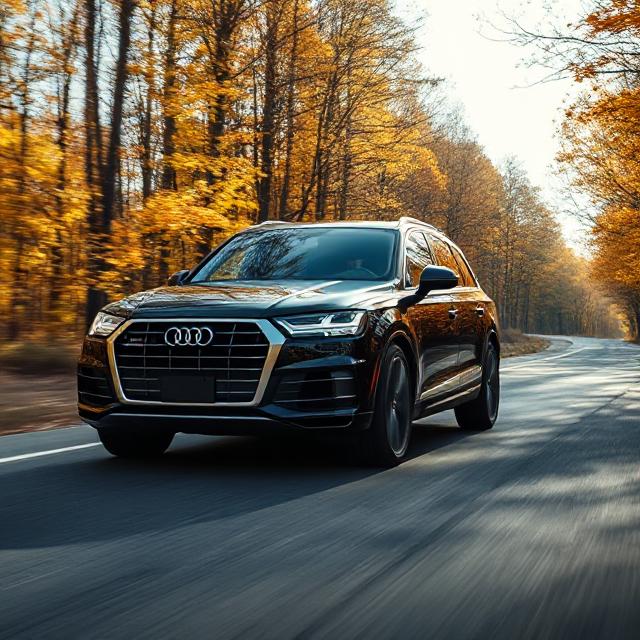
The Audi Q7 is the GLE’s cousin, basically. It’s another fantastic three-row luxury SUV that’s amazing when it’s working. But it shares a lot of the same potential problems. The air suspension, the complex electronics, and some of the engines can develop pricey oil leaks over time. It’s just a lot of machine, and that means a lot of opportunities for things to break. It’s a shame because it’s such a nice, comfortable family hauler, but the thought of a five-thousand-dollar repair bill out of nowhere is… well, it’s a lot.
BMW X7
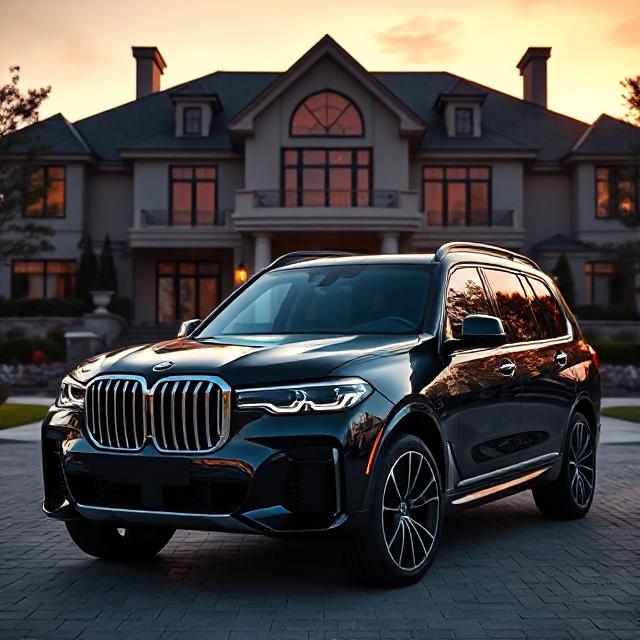
The X7 is BMW’s answer to the GLS and the Escalade. It’s huge, it’s imposing, especially with that… that grille. It drives amazingly well for its size, I’ll give it that. But it’s another case of putting a notoriously complex BMW V8 engine into a vehicle that’s loaded with every piece of tech imaginable. It’s like they combined their two most trouble-prone areas into one giant package. Not gonna lie, I’d lease one of these. I would never, ever want to be the person owning it after the warranty expires.
Porsche Taycan
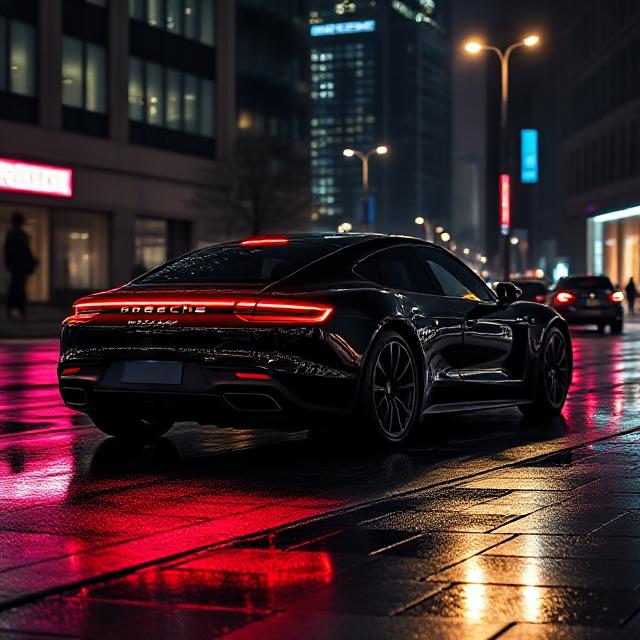
So this is a weird one. The Taycan is an electric car, so you’d think it’s simpler, right? No engine, no oil changes. But it’s a first-generation, super-high-tech EV from Porsche. And they’ve had their share of software bugs, charging problems, and some weird battery issues. It’s an incredible car to drive, maybe the best-driving EV out there. But early adopters are definitely finding the bugs. And fixing an EV, especially a hundred-and-fifty-thousand-dollar Porsche EV, is a whole new world of expensive.
Volkswagen Arteon
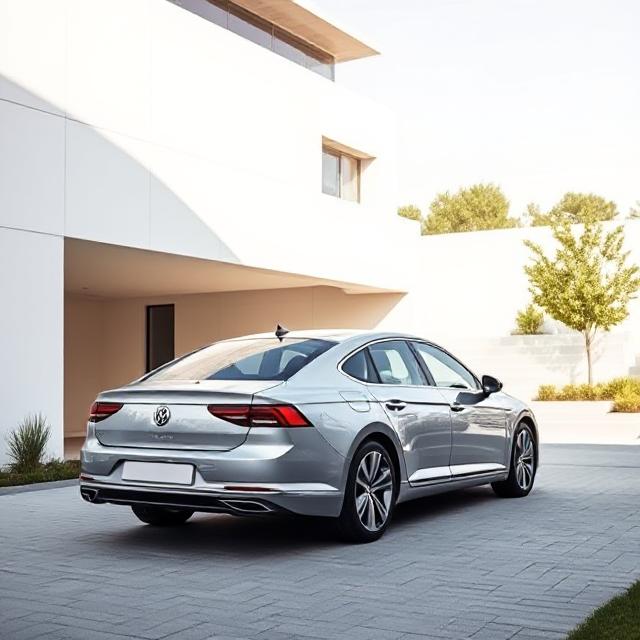
I love how the Arteon looks. It’s one of the most beautiful sedans you can buy, seriously. But nobody buys them. And that’s part of the problem. It’s a pretty complex car—it’s basically a fancier Passat—with a DSG transmission and a turbo engine. When things go wrong, it might be harder for mechanics to diagnose because they just don’t see them very often. Plus, VW’s electronics can be a bit finicky. It’s a gorgeous car that’s probably a great deal used, but it could be a bit of a headache.
BMW iX
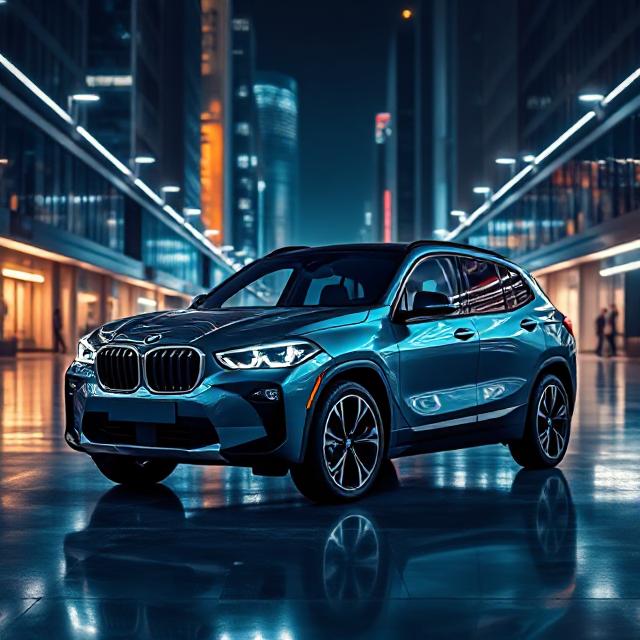
Like the Taycan, the BMW iX is on this list because it’s at the bleeding edge of technology. It’s an amazing EV, super futuristic inside, and ridiculously comfortable. But it is so, so dependent on software. And car software is still… kinda buggy sometimes. Any little glitch can affect everything from your climate control to the powertrain. It’s a giant computer on wheels, and we all know how often our computers need to be restarted. It’s a fantastic glimpse of the future, but it might come with some futuristic problems, too.
Mercedes-AMG GT 4-Door Coupe

Let’s end with a monster. The AMG GT 4-Door. It’s a supercar that you can, technically, fit your friends in. It has a hand-built twin-turbo V8 and a transmission as complex as a Swiss watch. It is the definition of a high-strung, high-performance machine. That means it needs high-performance maintenance, and it will have high-performance repair bills. Everything on this car is specialized and expensive. It’s a dream car, for sure, but owning one is a serious commitment, both financially and emotionally, haha.


